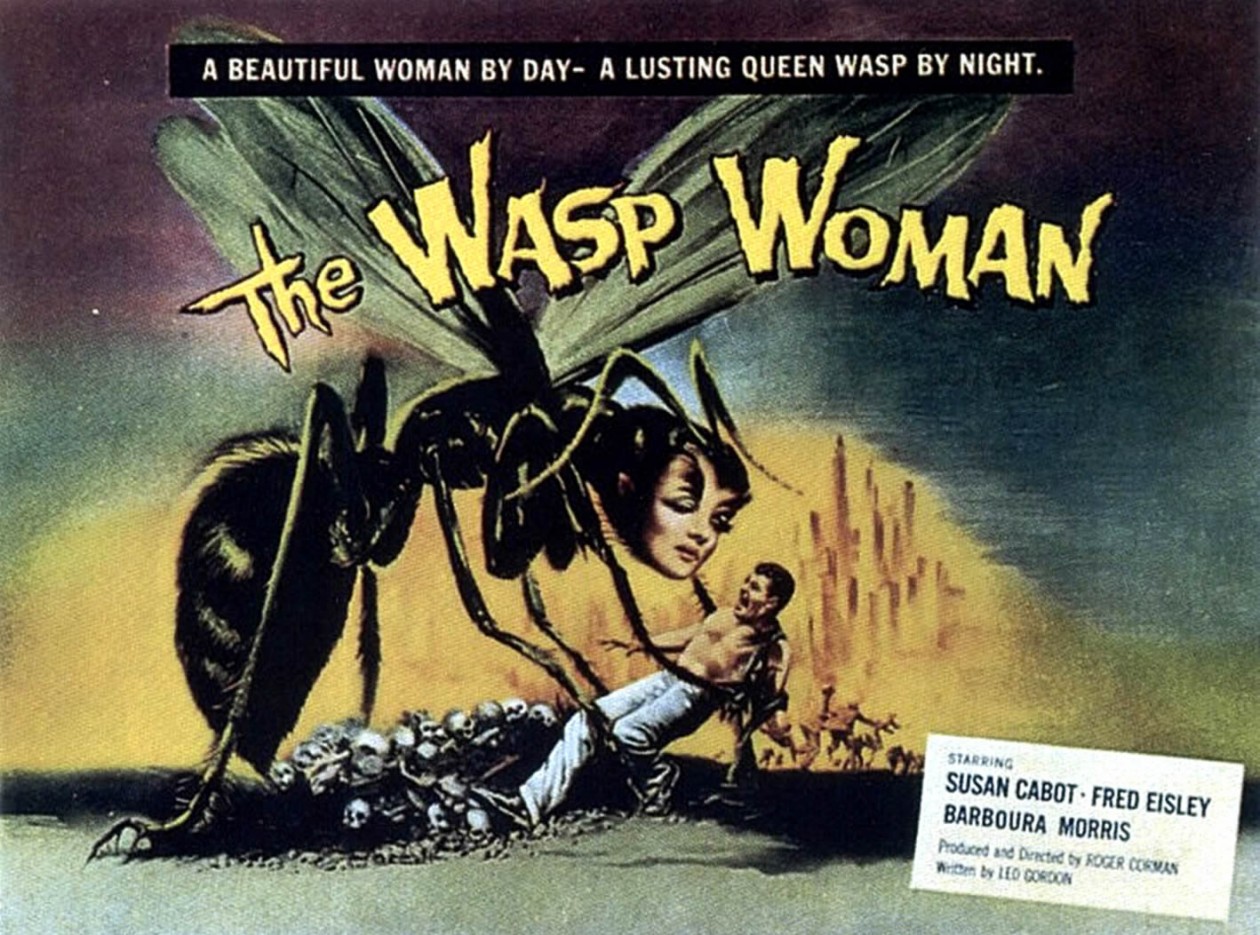Hi everyone! I wanted to post an outline of the Projansky Article before we discuss it in class tomorrow. It is a pretty dense article and I am sure a lot of people will have stuff to say about it.
Watching Rape: Film & Television in Post Feminist Culture
By: Sarah Projansky
Overview:
- Projansky uses a variety of texts to highlight the connections between rape narratives and post feminism. She describes how post feminist rape narratives limit feminism by use of the exclusion of colored people and the small frame of options presented for women who are raped. As a whole, the post feminist culture delimits feminism and rape.
Previous Discussion:
- Helen Benedict & Marian Meyers- Problems with news coverage in a feminist perspective
- Lisa M. Cuklanz- rape across multiple media
o Analysis of news coverage of famous trials
o Doesn’t consider the shift in representation of rape in post feminism
- Texts can either represent feminism as being positive or negative
- Most often texts blame “murkiness” of rape on feminism
Why?
- 2 Conflicting Versions of Feminism:
- Women are encouraged to be free to express their sexuality
- Warns women to protect themselves against sexual violence
Ellen Goodman- Pro feminist Post Feminist
- Cultural cues no longer universal
- Men are responsible for sexual assault
- Way feminism is incorporated into life leads to this blurry idea of post-feminism
Naomi Wolf- Pro Sex Post Feminist
- News/Court both define sexual practices of women as being bad
- Suggests that this confusion of sexuality and rape is a result of the opposition of feminism and the news (which makes it seem women are asexual)
Katie Roiphe- Anti-Feminist Post Feminist
- Confusion is caused by postfeminist defined feminism
- Aims to reclaim female sexuality
- Against idea of a female victim
- Feminism confuses people about what rape is
Projansky argues that parts of feminism are embedded in post-feminist culture that redefines rape using a narrow scope. Rape narratives are dependent on the fact that feminism has been successful but women are still responsible for using laws to end sexual assault. Rape narratives suggest that there is no need for continued feminist activism.
To make this argument, Projansky emphasizes using the accumulation of a variety of texts to make her points.
Links Between Aspects of Post Feminism and Rape Narratives
- Post Feminist Backlash- all representations of rape add to the assault on women
o Definition of women as being sexually victimized
o “The Accused” – violence against women- pleasure in viewing rape scenes
o Double reading of rape representations (an assault on women, an expression of horror)
- Rape Narratives lead to the post feminist definition of women’s independence as limited to relationships between family and men
o Rape narratives seek to absorb and transform feminism
o Rape leading to a transformation – “Trial by Jury”- more feminist aspects are replaced by post feminist concern
o Response to particular kind of feminism – “Beauty and the Beast”
o Military Films- “Opposing Force”
- Men who face rape are seen as idealized post feminists
o This feminism is not a straight forward emasculation
o “The Rape of Richard Beck”
- Post 1980 rape narratives deal with white, middle class, heterosexuals
o “Women of Brewster Place”
o “Regular guys” more likely to rape – representing a culture – frat jackets
- Undermines feminist argument that anyone can rape
- Post 1980 rape films include at least brief descriptions of a women’s point of view
o Shower scenes
o Private > Political Outrage
- But also makes use of the law
o Women are responsible for social change
o Men teaching women how to use the law
o Those who watch rape in film = the spectator?
- Problematic view because if the spectator watches the male gazer it draws attention away from the rape itself & some texts assert an evil to the male gazer in the film
o Texts undermine feminist potential by providing more comfortable positions for viewing rape
Discussion Questions:
- As a whole, it is clear that our post feminist culture delimits feminism and rape? Do you think modern rape narratives are post feminist? Is a way that rape could be presented in a feminist light?
- Does the spectator serve a similar role to the male gazer in the film? What do you think Mulvey would say about Projansky’s argument regarding watching rape scenes?
